In today's fast-paced digital world, a reliable inkjet printer is an indispensable tool for both home and office settings. Catering to diverse printing needs, numerous brands offer top-notch inkjet printers that combine quality, efficiency, and innovative features. Whether you're looking for enhanced color reproduction, wireless connectivity, or cost-effective printing, leading brands have crafted models to meet varying requirements. For a comprehensive list of the best inkjet printer brands and what makes them stand out, read on below.
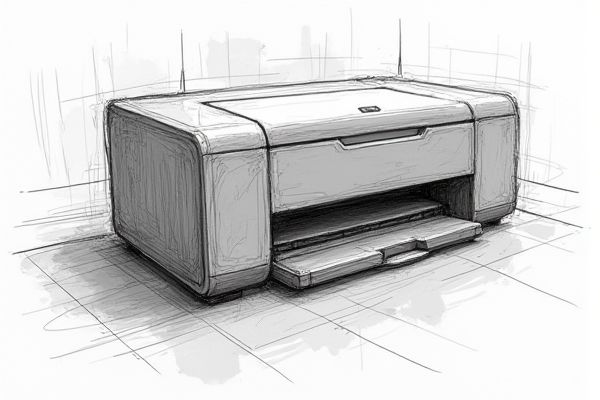
Illustration of inkjet printer
Best brands of inkjet printer in 2025
HP
HP (Hewlett-Packard) retains its dominant position in the inkjet printer market, holding around 51% of the total inkjet sales with a 13% increase in unit sales in the first half of 2020. In 2021, HP accounted for 24.5% of global printer shipments, marking a significant increase from its 19.7% share in 2016. The company's introduction of new CISS models led to a substantial increase in CISS sales, from 75k to 744k units. HP's home/consumer personal inkjet sales rose by 19%, while business-class inkjet sales saw a decline of 16%. The company continues to innovate with services like Instant Ink, ensuring continuous ink supply to customers. For more insights, check out the printer market overview.
Canon
Canon is a leading producer of inkjet printers, having been positioned as a Leader in the IDC MarketScape for Worldwide High-Speed Inkjet Press 2022-2023, with a significant 41% market share in the U.S. high-volume inkjet market for 2022. The company launched several new inkjet presses, including the varioPRINT iX, ProStream 1800, and ColorStream 8000, which drove growth in general commercial print, direct mail, and photo specialty print. Canon also maintained the top spot in both Sheetfed Inkjet Market Share and Webfed Inkjet Market Share categories. Recognized by Keypoint Intelligence, Canon was the Market Share Leader for Total Production Inkjet in 2022, a position it has held for most of the last decade. This leadership reflects Canon's commitment to quality, productivity, and cost reduction. For more detailed information, visit their official news page.
Epson
Epson is a leading producer of inkjet printers, particularly renowned for its EcoTank line, which offers significant cost savings through its refillable ink tank system. In 2020, Epson's CISS (Continuous Ink Supply System) sales increased by 25%, with the EcoTank line representing a quarter of Epson's total inkjet sales. Despite a 3% decrease in overall market share in 2020, Epson's business-class sales surged by 72%, and its home/consumer personal inkjet sales increased by 18%. As of 2022, Epson holds a 19.2% share of the global printer market, positioning it as a strong competitor behind HP and Canon. Epson's commitment to innovation and efficiency has solidified its place as a top choice for inkjet printers.
Brother
Brother is a leading brand in the printer market, particularly notable for its dominance in the laser printer segment. In Q4 2022, Brother was the #1 laser printer company, outselling its nearest competitor HP by nearly 2 percentage points in Western Europe, with a market share of 35% in A4 laser sales. Globally, Brother holds a significant share of the printer market, with 10.7% of the market in 2021, marking a growth from 8.1% in 2016. Brother's success is attributed to its wide range of hardware and services, as well as its ability to tailor solutions for businesses. This strategic approach has led to a consistent increase in its market share over the past five years. For the latest updates and insights into Brother's market performance, visit their news section.
Lexmark
Lexmark, although more renowned for its laser printers, is also a significant player in the broader printer market, including inkjet printers. However, the company's market share is more prominently associated with laser printers. In the global inkjet printers market, major players like HP, Canon, and Epson dominate, with Lexmark being part of the larger ecosystem but not leading in inkjet-specific segments. For instance, in 2022, HP held a 36.4% market share, followed by Canon and Epson, while Lexmark was among the top 20 OEMs but not in the top three. For more detailed information, you can visit the Lexmark official website.
Dell
Dell, though not the market leader, has made significant strides in the printer market, particularly with its inkjet and laser printers. In 2005, Dell held a 13% market share for monochrome laser printers and 17% for color laser printers in North America, and it has continued to expand its presence globally. Despite ranking eighth worldwide in 2005, Dell has focused on enhancing its printer offerings, including all-in-one and larger-format color laser printers, and has seen substantial growth in consumables sales, with ink and toner sales increasing by 152% over three years. The company's strategy to leverage its server sales and direct shipping model has helped in increasing its market presence. However, Dell faces challenges such as razor-thin margins and intense competition from HP, Canon, and Epson. For more information about their printer range, visit their official Dell printers page.
Samsung
Samsung, although not the leading producer in the global printer market, has made significant strides in the A3 multifunction printer segment. In 2014, Samsung's A3 multifunction printers dominated the market share in South Korea, rising from 18% to 26% within a year, and the company achieved double-digit annual growth rates since its entry into the market in 2010. Despite a decline in overall printer market share, Samsung's innovative products, such as the MultiXpress 7 series, have been praised for their performance, eco-friendliness, and user-friendly features like the Android-based Smart UX Center. However, in the broader printer market, Samsung's share was around 6% in 2014, with a decline in unit sales and market share in subsequent years. Samsung's focus on providing advanced features at competitive prices has helped it gain traction in the enterprise and small- to medium-sized business sectors. For further insights on Samsung's success in the A3 printer market, visit their official news page.
Kodak
Eastman Kodak Company is a prominent player in the printing industry, particularly notable for its involvement in the pocket printer market. As of 2023, the inkjet segment, which Kodak participates in, held the largest market share of 68.1% due to its superior print quality and versatility. Kodak's products are favored for their portability, ease of use, and affordability, making them a preferred choice for both consumers and businesses. The global pocket printer market, where Kodak operates, is expected to grow at a compound annual growth rate of 9.6% from 2024 to 2030. This growth underscores the company's strong position in the market. For more in-depth industry insights, visit the pocket printer market report.
Ricoh
Ricoh is a leading producer of inkjet printers, having captured the number-one market share position for continuous feed inkjet systems in the U.S. and globally for high-speed continuous feed inkjet systems in 2023, according to the IDC Quarterly Hardcopy Peripherals Tracker. With over 50 years of continuous research and innovation, Ricoh's inkjet technology is renowned for its industry-leading quality, software, and services. The company's sales are strongly backed by its dominant market presence, with Japan contributing 37.7% of total sales and the Americas accounting for 28.1%. Ricoh's commitment to sustainability has also earned it the Buyers Lab (BLI) 2024-2025 Pacesetter Award in Production Print Sustainability. The inkjet market, expected to reach $125.9 billion by 2029, further solidifies Ricoh's position as a key player. For more detailed information about their inkjet printers, explore their official product page.
Fujifilm
Fujifilm is a leading producer of inkjet printers, particularly notable for its advanced inkjet printheads. In 2021, Fujifilm's Graphic Communications division saw a 9.6% increase in sales, driven by the recovery in printing demand and growing demand from construction material printing markets in Europe and China. The company's inkjet business is further bolstered by its expansion of the pigment dispersion business for water-based pigment inkjet inks, with a $28 million investment in the US. Fujifilm Dimatix, a subsidiary, is the world's leading supplier of drop-on-demand inkjet printheads, investing heavily in research and development to maintain its competitive edge. This commitment to innovation has positioned Fujifilm as a key player in the inkjet printhead market.


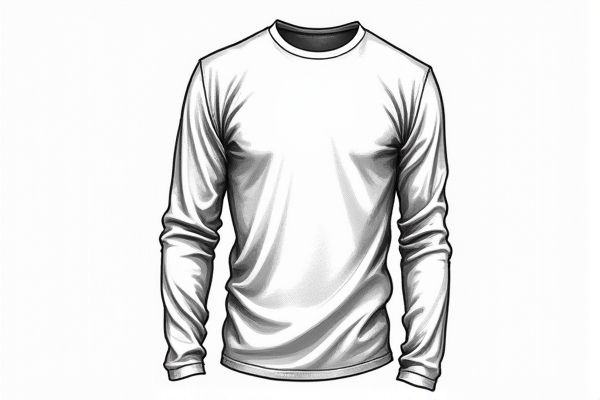

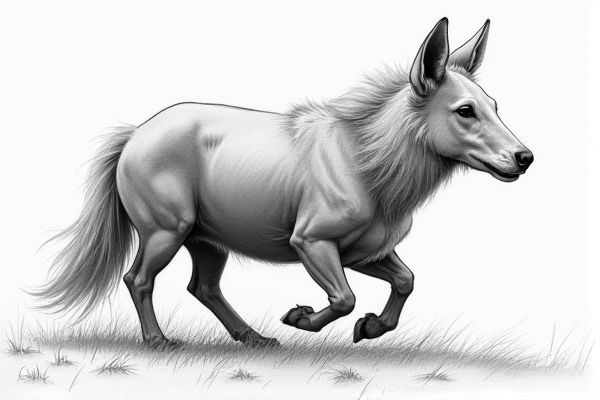
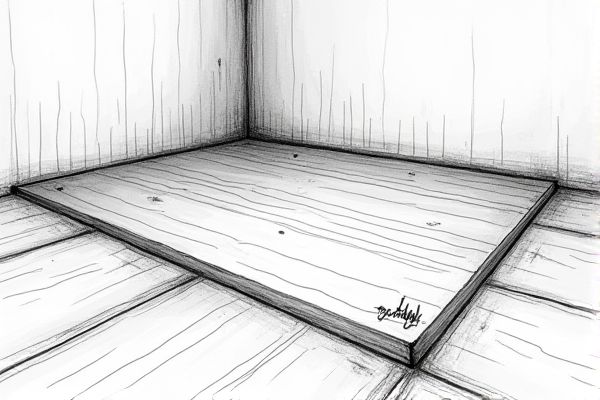




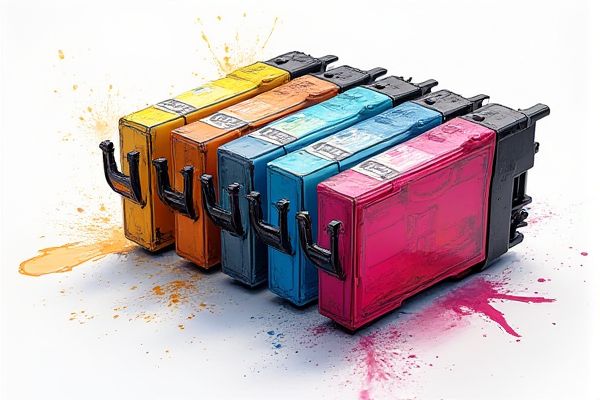
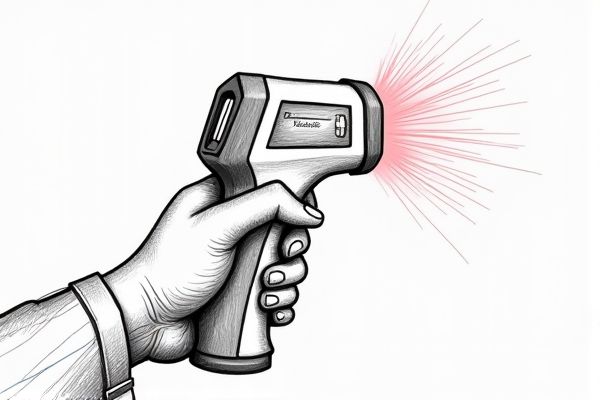
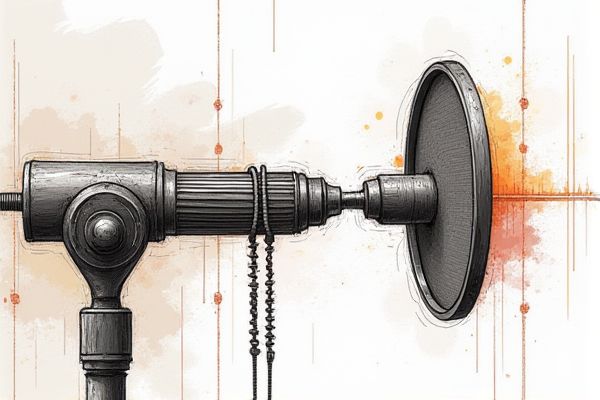

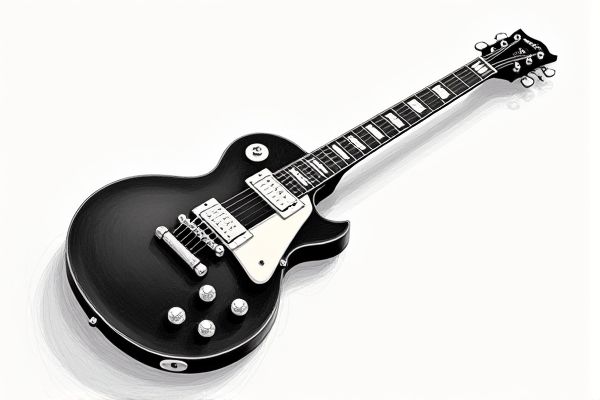
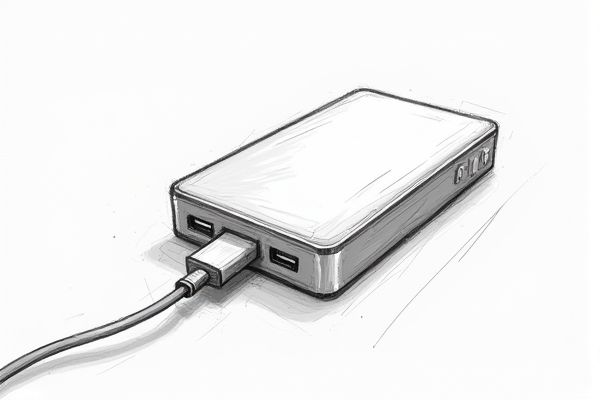
Leave a Reply
Your email address will not be published.